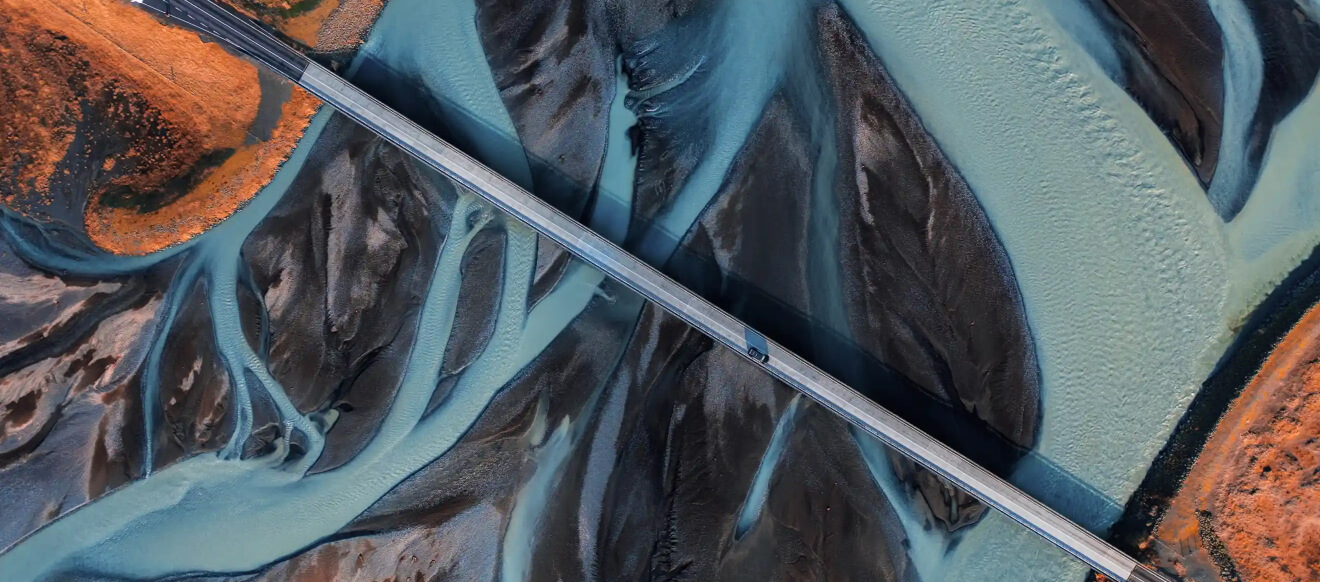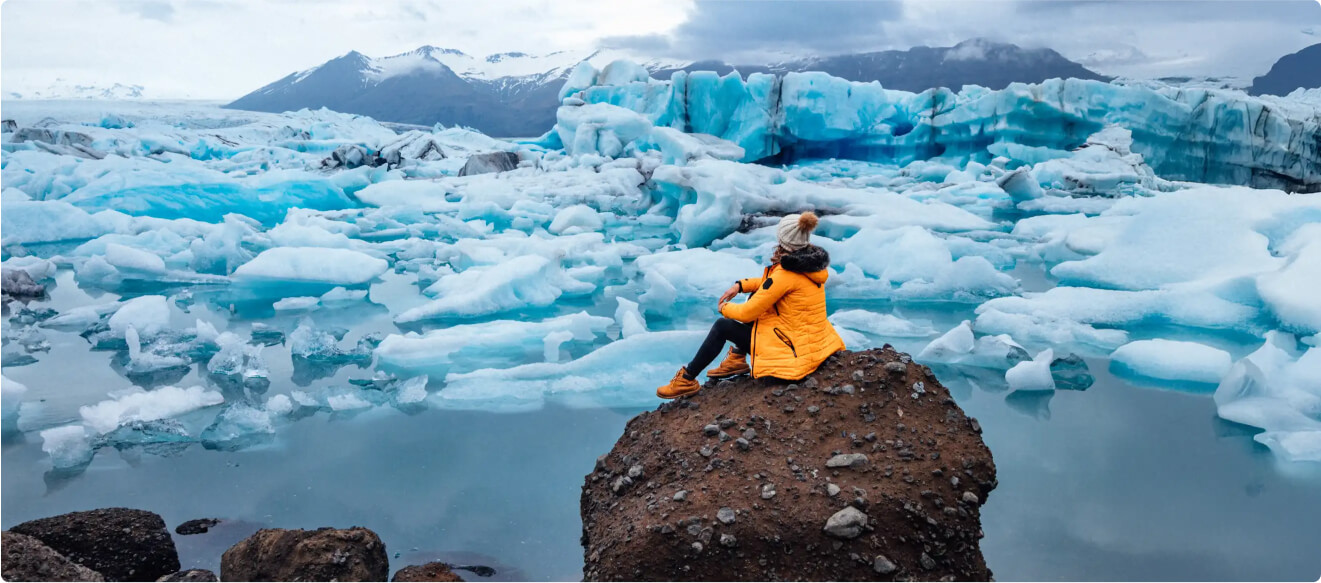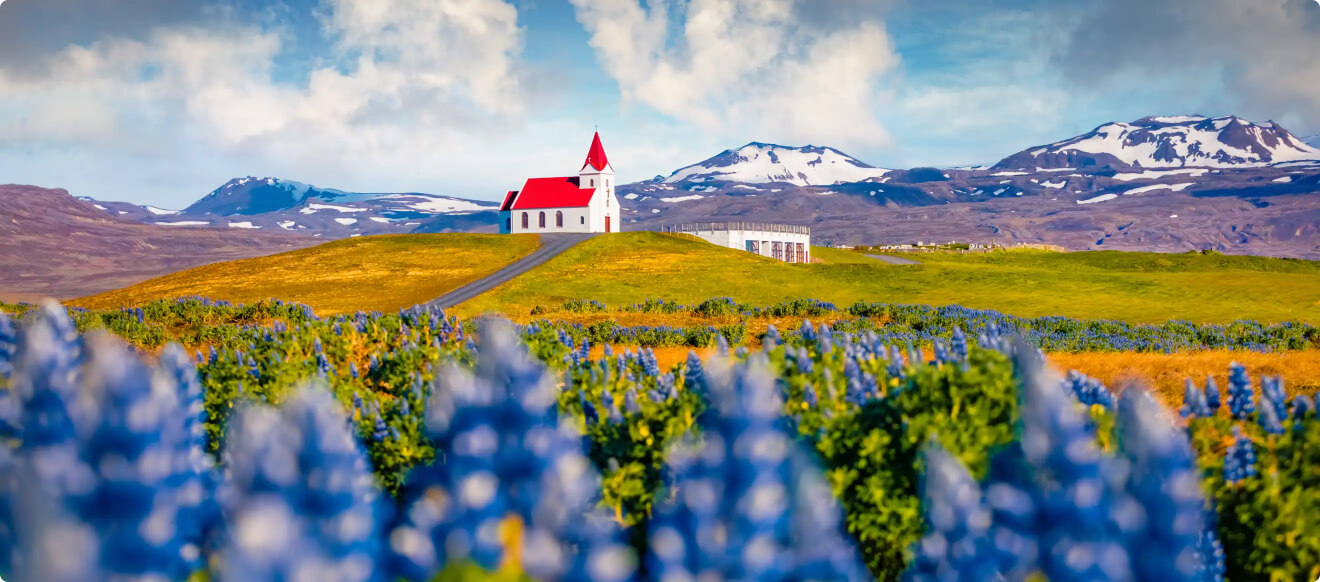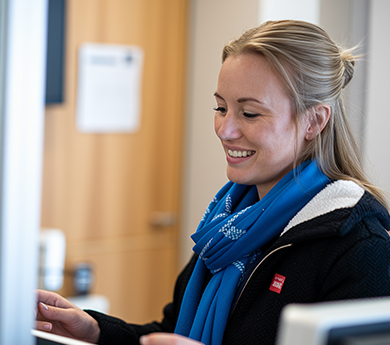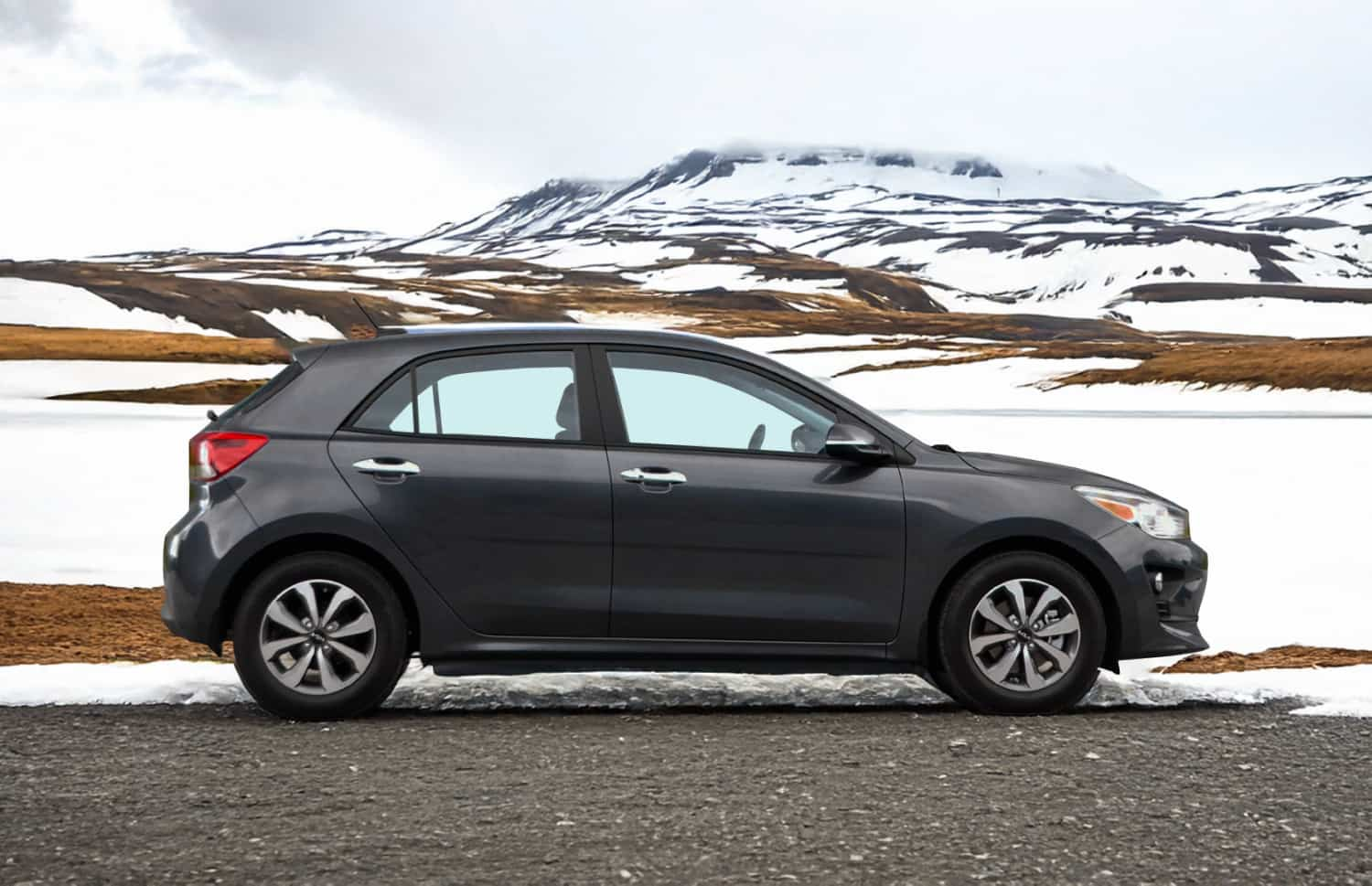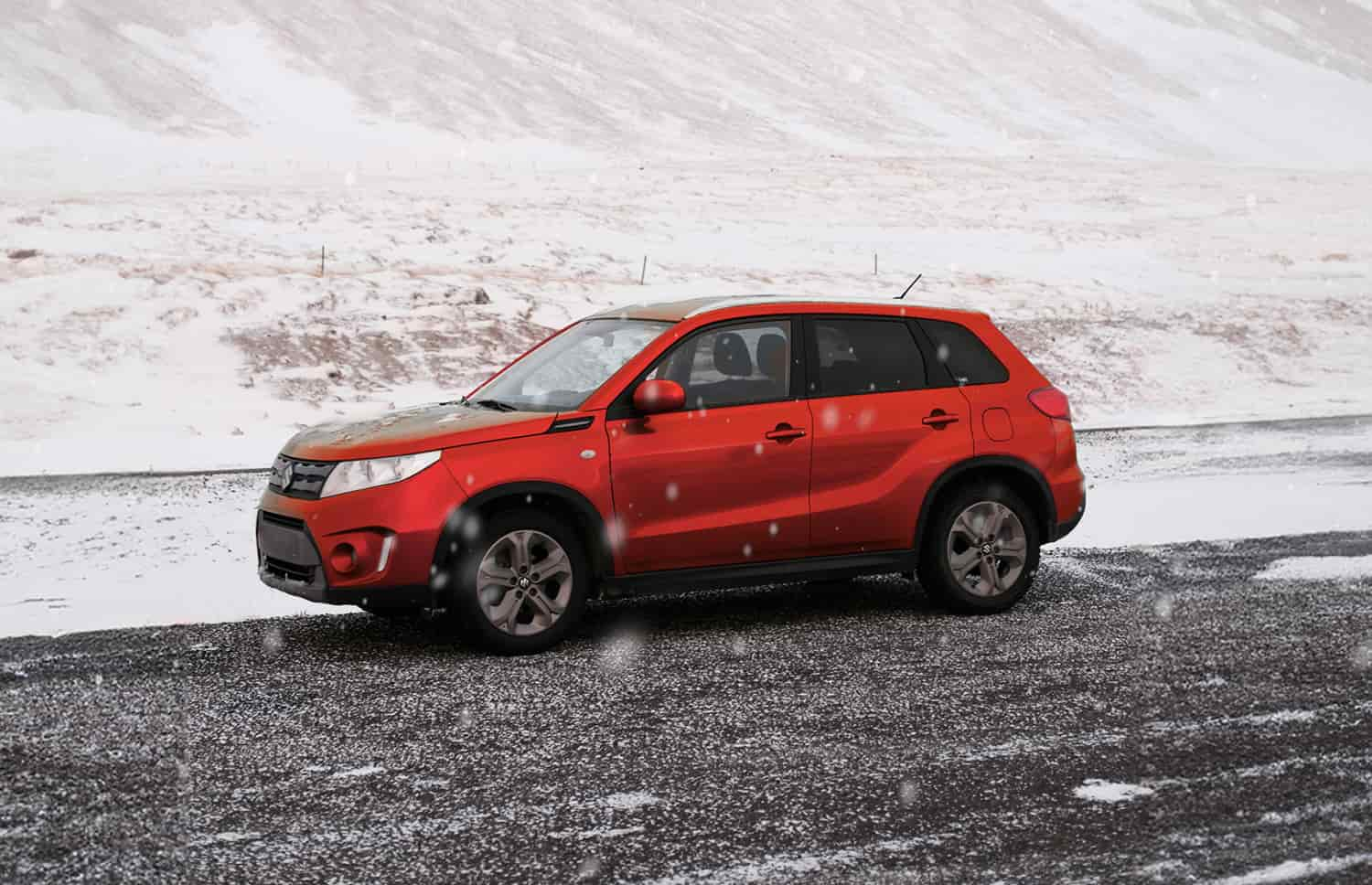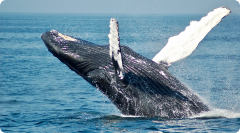Since Iceland has one of the lowest population densities in the world, it may not have what you consider ‘cities’. With a population of just over 120,000, the capital is just a large town by British or American standards. But despite being low in number, Icelanders have developed an enriched and fascinating culture in their urban areas.
There are a lot of populated areas that deserve a visit. If you look at an Iceland cities map, you’ll notice that all of them are around the outside. Other places like The Highlands of Iceland, with famous spots like Landmannalaugar or Askja, are almost completely uninhabited for most of the year. Let’s take a look at some Iceland cities.
Reykjavík: The Biggest City in Iceland
By far the largest city in Iceland is Reykjavík. It contains about a third of the country’s population, or two thirds if you add in the six surrounding municipalities. Therefore, most of the business, trading, and creation is conducted in this region, the south-west of the island.
Of the cities to live in Iceland, Reykjavík certainly offers the most job opportunities and cultural experiences. There are plenty of galleries, cinemas and museums in Reykjavík, as well as other showcases of the country’s creative output.
Most of the Icelanders from other parts of the country have lived in the capital at one time. Many come from smaller towns to study in Reykjavík before returning home. Additionally, the only way to fly internationally is to pass by the capital. A 45-minute journey from the city center is Keflavík International Airport, where your plane to Iceland will fly into.
As a tourist, you’ll have the option of many excursion providers, restaurants, cafés, and souvenir shops. There are dozens of hostels, BnBs and hotels in Reykjavík you can choose from while exploring the city. Be sure to book well in advance; up to two million tourists visit Iceland every year.
Best Cities to Visit in Iceland
As wonderful as Reykjavík is, it’s certainly not the only urban area you should spend time in. Let’s take a look at some of the other major cities in Iceland; although you could call them Iceland towns.
Akureyri
In my opinion, this is one of the best cities in Iceland, so make sure to grab an Akureyri car rental and add it to your itinerary. With a population of only about 18,000, many would consider this a small town. It is, however, Iceland’s third-largest urban area outside of the capital region. There are many features that make Akureyri a wonderful place to engage with.
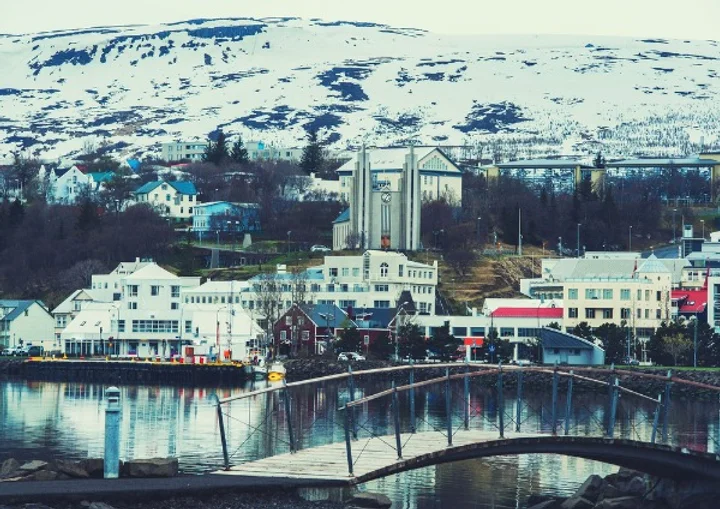
The scenery is incredible; in the vicinity of Akureyri are mountains, lakes, and hot springs waiting to be explored. It’s near to one of Iceland’s best ski hills, Hlíðarfjall, and since it’s on the north coast, snowfall is high. The town itself possesses a unique character. You’ll notice that the red traffic lights are in the shape of hearts; many want to roll this out nationwide. With Akureyri Church, the Botanical Gardens, and festivals throughout the year, you’ll be charmed by this town. Akureyri is also known as Iceland’s northern lights capital. It’s also about an hour’s drive from Mývatn, one of the biggest and most beautiful lakes in the country.
Isafjordur
This town in the north-west of Iceland—an area known as the Westfjords—has a population of just over 2,700. It’s the capital and largest settlement in the Westfjords, and was once a very important fishing port for Iceland. The fishing industry had declined there, but in its place is a prominent music scene and a growing tourism industry. A famous music festival, Aldrei fór ég suður, is held in Ísafjörður every year over Easter. The festival has never charged an entry fee and the bands perform for free. The town is in a beautiful bay, and due to its location is difficult to access in the winter months.
Reykjanesbær
This is a municipality in the south-west of Iceland, found next to the international airport. It was formed when three towns; Keflavík, Njarðvík, and Hafnir, merged into one. Together they have around 19,000 people, making Reykjanesbær the second-largest urban area in Iceland. It’s home to the Viking World Museum and the Iceland Museum of Rock and Roll. There’s also a festival hosted here every year in September: Ljósanótt, or the Night of Lights.
Fjardabyggd
This municipality is found in east Iceland, at the base of one of the area’s many fjords. It is comprised of six villages, making up a total population of just under 5,000. There are some fantastic hiking trails in the area, and Iceland’s reindeer population is only found in the east. The surrounding fjords offer remarkable views of the mountains lined up next to the ocean. Fjarðabyggð is not far from Iceland’s largest forest, Hallormsstaður, which covers 740 hectares.
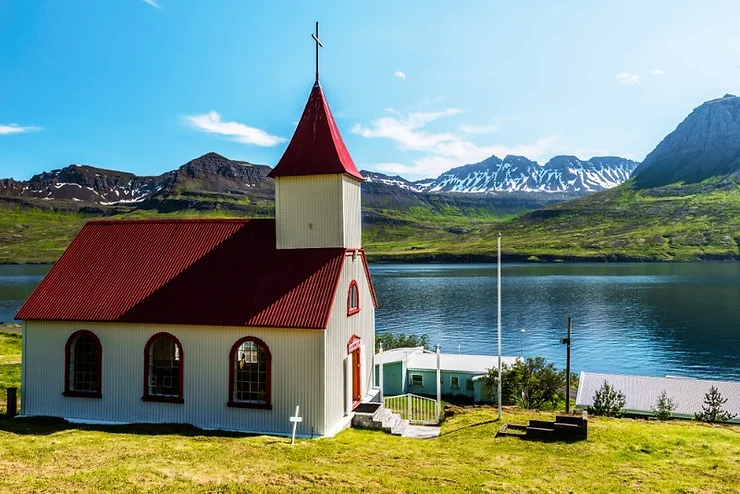
Vestmannaeyjabaer
Below the south coast of Iceland is where you’ll find Vestmannaeyjar; the Westman Islands. There are 14 in total but only one, Heimaey, is inhabited. Most of the 4000+ inhabitants live in the island’s main town, Vestmannaeyjabær. The small island is a wonderful place to hike or cycle around, with small, dormant volcanoes to marvel at.
There is also a huge population of puffins that make the Westman Islands their home from May to August. Vestmannaeyjar is one of Iceland’s most important fishing locations, so naturally, there are many fish restaurants on Heimaey. Iceland’s biggest music festival, Þjóðhátíð, is hosted here every August and is attended by locals and foreigners alike. The islands can be easily reached via ferry from Landeyjahöfn, and you can bring your rental car for your Iceland journey along.
Icelandic City Names
Most towns and cities in Iceland are named based on where they are, and/or their geological features. Reykjavík, for example, means ‘smoky bay’ named after the steam that the first settlers saw coming out of the ground. Vestmannaeyjar means ‘islands of the westmen’, named after the Gaelic slaves brought here by Norse settlers. Akureyri means ‘sandbank field’ and Ísafjörður is ‘fjord of ice’. Fjarðabyggð means ‘the people of the fjords’ and Reykjanesbær means ‘smoky field town’. The literal naming of things continued in Iceland, for roads, businesses, and natural features. Vatnajökull, the country’s largest ice cap, simply means ‘river glacier’, since it is the source of so many rivers.
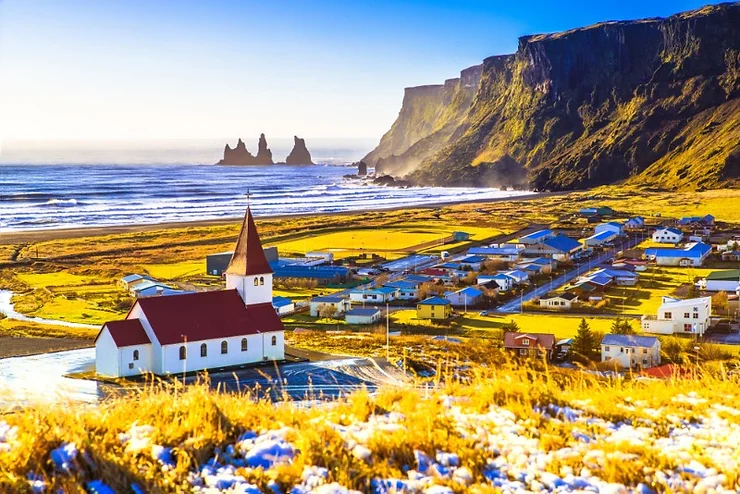
Discover These Must-See Cities on Your Trip to Iceland
As mentioned in the introduction, the towns and cities of Iceland are concentrated on or close to the coast. Fortunately, there is a handy ring road, Route 1, running around the edge of the country. The road passes through the largest urban areas and so you can’t get lost if you keep following it. Accommodation, petrol, and supplies can be found in every town, but the towns themselves may be few and far between. Ensure you’re properly stocked up before embarking on a road trip.





